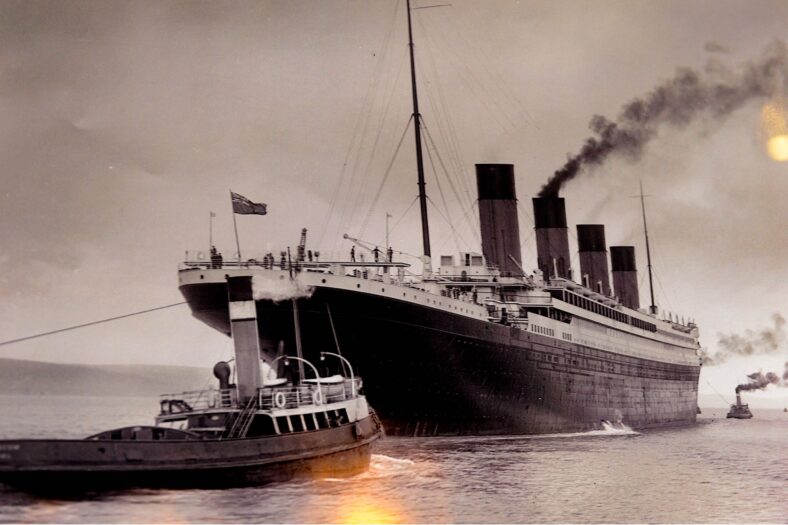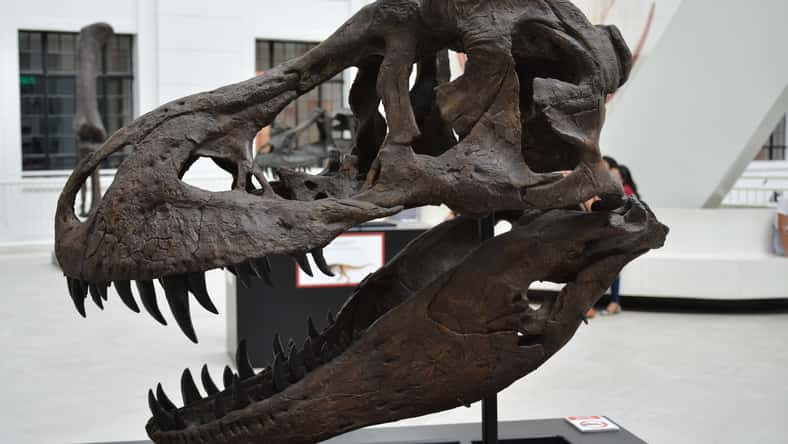
A digital model of the Titanic has helped researchers reconstruct the ship’s final hours and the chaos that occurred when it ripped in two.
The highly detailed 3D scan provides a new view of the boiler room, confirming that engineers worked until the very end to keep the electricity on.
Researchers used underwater robots that traveled almost 13,000 feet down to the bottom of the Atlantic Ocean to collect more than 700,000 images of the wreckage. These images were used for the digital recreation of the lost ship, enabling the researchers to study it more closely.
The scan was produced for a new documentary by National Geographic and Atlantic Productions titled Titanic: The Digital Resurrection. In 2022, the scan was developed over the course of three weeks.
The 3D replica revealed the ship’s hull, which was still mostly intact and lodged into the seafloor. It was known that the hull was there, but the detailed model makes it clearer to determine exactly how it ended up there. The back half of the ship could have spiraled as it sank and broke into pieces.
Many aspects of the wreckage were clearer than they’ve ever been before, including a visible open steam valve, which aligns with eyewitness accounts that the ship’s engineers kept working in the boiler room for over two hours after the collision to keep the lights on.
They stayed behind to shovel coal into the furnaces, allowing more people to escape and saving many lives. All the engineers died in the disaster, but their heroic actions will always be remembered.
“They kept the lights and the power working to the end, to give the crew time to launch the lifeboats safely with some light instead of in absolute darkness,” said Parks Stephenson, a Titanic historian.
“They held the chaos at bay as long as possible, and all of that was kind of symbolized by this open steam valve just sitting there on the stern.”

Sign up for Chip Chick’s newsletter and get stories like this delivered to your inbox.
In addition, fragments of the hull scattered across the wreck site support the idea that the Titanic did not split into two but was torn apart at the stern. It would’ve cut through first-class cabins, where wealthy passengers may have taken shelter.
The team also found hundreds of relics on the seafloor, such as purses, pocket watches, gold coins, shoes, hair combs, and a shark’s tooth charm. Many of the items were connected back to their original owners.
The Titanic is deteriorating rapidly, with some of its most iconic areas already collapsing. The vessel could vanish completely within the next 40 years.
Fortunately, the digital model accurately captured how the ship looked in 2022, so even as the wreckage continues to break down, experts still have a way to analyze it.












